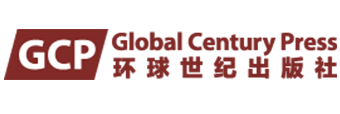本章讨论了基于语料库的话语分析方法,首先,我们介绍了基于语料库的语言研究方法,并且也综述了语料库在话语研究中的应用相关重要成果。随后,我们还介绍了为本研究所创建的语料库,以及使用的语料库分析软件WordSmith Tools 6。最后,概述了如何使用这些方法来辅助回答本研究所提出的研究问题。
语料库技术与批判话语分析方法各有所能,相得益彰。语料库可弥补以往单凭直觉推断的缺陷,为人们提供自下而上的话语研究方法。如词频(frequency)、主题词(keywords)统计能反映一些有趣的语言现象和特殊的话语含义,是很好的研究切入点。语料库检索(concordance)则进一步提供文本语境信息,搭配(collocation)、 词丛(cluster)、型式(pattern)等信息使我们看清话语是如何呈现出来的。语料库技术加上批判话语分析,使定量定性分析有机结合起来。语料库本身并不能解释语言现象存在之缘由,只有挖掘分析其社会情境(social context)才能使这些话语变得清澈明了。接下来三章将运用这些技巧来分析中国、英国、美国主流媒体围绕低碳的话语建构。
This chapter discusses the corpus-based discourse analysis method. First, we introduce the language research method based on the corpus and also review the important achievements related to the application of the corpus in discourse research. Subsequently, we introduce the corpus created for this research, as well as the corpus analysis software WordSmith Tools 6 that we used. Finally, we outline how to use these methods to help answer the research questions raised in this study.
Corpus techniques and Critical Discourse Analysis methods complement each other. The corpus can make up for the shortcomings of intuition-based inferences in the past, providing people with a bottom-up discourse research method. For example, statistics on frequency and keywords can reflect some interesting linguistic phenomena and special discourse meanings, which are excellent starting points for research. Corpus concordance further provides text context information, and information such as collocations, clusters, and patterns help us see how discourse is presented. The combination of corpus techniques and critical discourse analysis allows for the organic combination of quantitative and qualitative analyses. The corpus itself cannot explain the reasons for the existence of language phenomena, and only by exploring and analyzing their social context can these discourses become clear. The next three chapters will use these techniques to analyze the discourse construction around low carbon in the mainstream media of China, the UK, and the United States.



